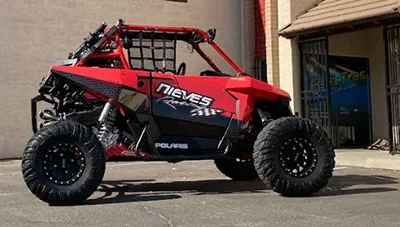Custom metal finishing is used to treat the exterior of a metal product by applying a thin complementary layer to its surface. There are numerous types of processes that can be used for a variety of purposes. In this guide, we will review the major finishing methods, as well as applications and considerations for choosing a metal finishing process. Some of the general advantages of applying this finishing treatment to a metal product include:
Metal Plating
Metal plating machines use a chemical bath to coat or alter the surface of a substrate with a thin layer of metal, such as nickel or PTFE. Metal plating provides some advantages as a custom metal finishing the process. It can improve a product’s durability, corrosion resistance, surface friction, and exterior appearance. It is also a useful option for coating other metals. In high-volume production runs, a barrel finishing machine is a fast and efficient plating solution.
Brushed Metal
Unlike plating, brushed metal finishing is an effective method for removing surface imperfections. These finishing machines create a uniform, parallel grain surface texture to smooth out a product’s exterior. An abrasive belt or wire brush is usually employed to achieve this effect. Also, the singular direction of the belt or brush can create slightly rounded edges perpendicular to the grain.
Buff Polishing
If your project requires a smooth, non-textured finish, then a buff polishing machine may be your answer. This machine uses a cloth wheel to buff the product’s surface, resulting in a high, glossy sheen. The process is often used for decorative products that benefit from luster and smoothness. Buff polishing machines tend to round out a product’s edges, and due to the cloth wheel’s range limits, the process is less effective for applications requiring intricate, fragile, or recessed features.
Metal Grinding
Metal grinding machines use friction, attrition and compression to smooth out a metal product’s surface. There are several types of grinding machines designed to deliver different levels of finite smoothness. For example, a ball-grinding mill is an excellent fine grinder for cement products but may not work for more extensive smoothing projects. Most metal grinding machines consist of a substrate within a rotating drum.
Metal Vibratory Finishing
Vibratory finishing machines are used to deburr products and remove sharp edges. They position material inside a drum filled with abrasive pellets and a substrate, then apply tumbling vibration to create a uniform random texture. The machine’s cycle speed and magnitude of vibration are usually variable, allowing effective treatment for a range of small- to large-sized parts.







